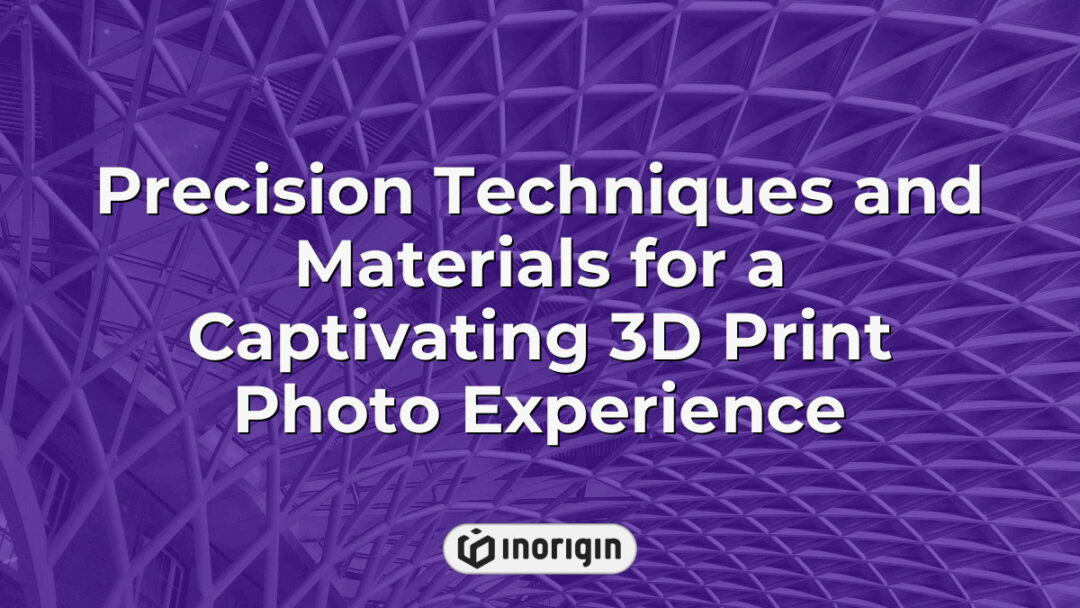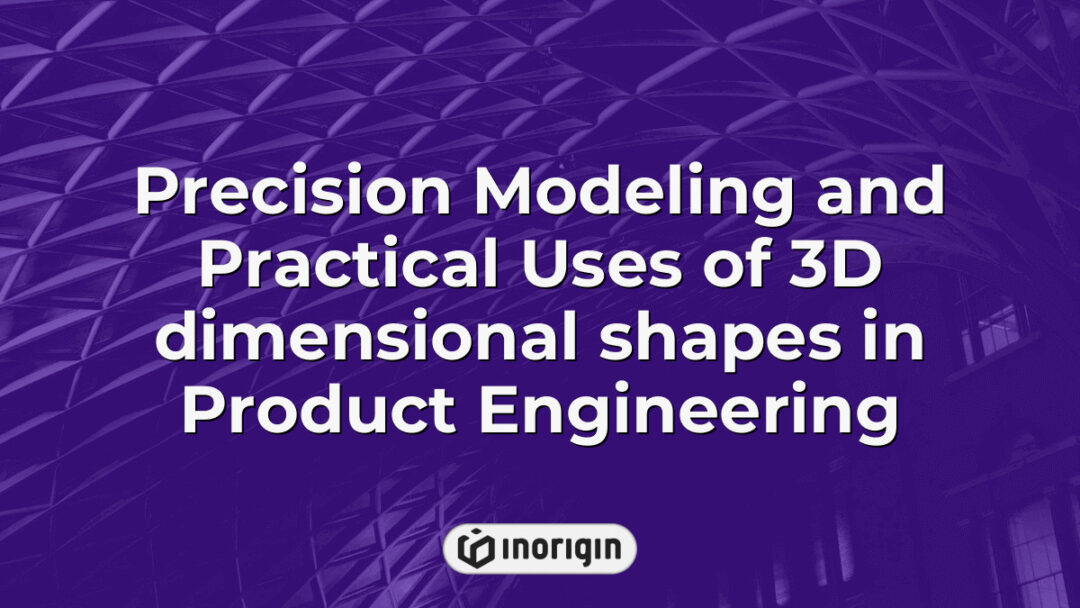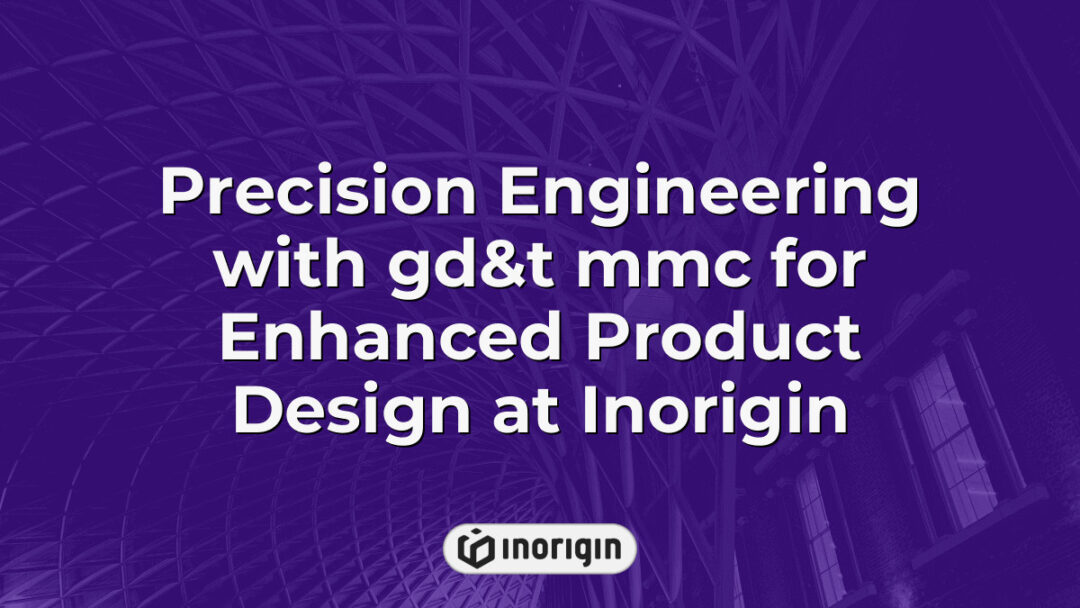In recent years, the global 3D printing market has experienced exponential growth, projected to reach a staggering $34.8 billion by 2024, signaling a transformative shift in various industries, including art and photography. Among innovative applications of this technology lies the burgeoning field of 3D print photo representations, which allows for the tangible manifestation of visual memories through intricate layering techniques that bring two-dimensional images into vivid three-dimensional forms. This intersection of artistry and advanced manufacturing not only enhances personal expression but also revolutionizes how individuals engage with their photographs, offering new possibilities for preservation and display. As technological advancements continue to evolve, an exploration of 3D print photo methodologies reveals both aesthetic potential and practical implications within contemporary visual culture.
| Aspect | Key Takeaway |
|---|---|
| 3D Print Photo Innovation | 3D print photo technology transforms two-dimensional images into vivid three-dimensional objects, enhancing personal expression and preservation. |
| Selecting a 3D Printer | Choose printers with high resolution, material versatility, and suitable print speed to achieve detailed and efficient 3D photo prints. |
| Model Preparation Techniques | Use high-resolution images and photogrammetry software like Blender or Autodesk Meshmixer to create accurate 3D models from photos. |
| Material Choices | Opt for plastics like PLA or ABS, various resins, or metals such as stainless steel, balancing durability and aesthetic goals in 3D printed photos. |
| Display Strategies | Enhance 3D print photo presentations by selecting appropriate frames and lighting to emphasize depth and texture effectively. |
| Avoiding Common Mistakes | Ensure precise file preparation, proper material selection, and rigorous printer calibration to prevent print defects and optimize quality. |
| Sustainable Printing Practices | Incorporate recycled filaments like R-PET and eco-friendly bio-based options to promote sustainability in 3D photo printing projects. |
Understanding 3D Printing Technology
The advent of 3D printing technology represents a revolutionary leap akin to the transition from handwritten manuscripts to digital text, fundamentally reshaping manufacturing and design paradigms. This innovative process enables the creation of three-dimensional objects through additive layering techniques, which utilize materials such as plastics, metals, ceramics, and even biological substances. Initially developed for prototyping purposes, 3D printing has evolved dramatically; it now encompasses applications ranging from aerospace components to medical implants, showcasing its versatility across diverse industries. Furthermore, advancements in software and hardware have led to increased precision and efficiency, thus democratizing access to this technology for both large corporations and individual creators alike. Notably, the implications of 3D printing extend beyond mere production capabilities; they encompass environmental considerations by reducing waste compared to traditional subtractive manufacturing methods. As research continues to push the boundaries of what is achievable with 3D printing technology, it becomes evident that its impact on society will be profound and far-reaching, altering not only how products are made but also influencing economic structures and consumer behaviors globally.
Choosing The Right 3D Printer For Photo Printing
Selecting an appropriate 3D printer for photo printing necessitates a thorough evaluation of various factors, including resolution, material compatibility, and print speed. For instance, consider the case of a small art studio that specializes in producing intricate photographic sculptures using 3D printers. This studio found success by opting for a high-resolution printer capable of achieving layer heights as fine as 25 microns, which enabled it to capture the subtle details inherent in its original photographs with precision. Moreover, when choosing a 3D printer, it is essential to assess the types of materials supported by the machine; certain printers are designed exclusively for specific filament types such as PLA or ABS, while others may accommodate resin-based materials better suited for photorealistic applications. Transitioning from material considerations leads to an equally important aspect: print speed. In scenarios where rapid prototyping or production is required—such as during exhibitions—the capacity for faster output can significantly influence operational efficiency without compromising quality. Thus, analyzing these key components will facilitate informed decision-making regarding the most suitable 3D printer tailored specifically for photo printing purposes.
Techniques For Preparing 3D Models From Photos
Techniques for preparing 3D models from photos involve a systematic approach that integrates various software tools and methodologies to achieve accurate representations of real-world subjects. Initially, the process typically begins with image selection, where high-resolution photographs are preferred to capture intricate details necessary for modeling. Following this, photogrammetry techniques can be employed; these techniques utilize algorithms to analyze multiple images of the same object taken from different angles, thereby generating a three-dimensional representation based on spatial data. Subsequently, additional adjustments may be required in specialized software such as Blender or Autodesk Meshmixer, where model refinement occurs through editing features like smoothing surfaces and correcting any geometric inaccuracies. Furthermore, it is essential to consider texture mapping during this stage since applying photographic textures enhances realism in the final print. Ultimately, exporting the finalized model into an appropriate file format compatible with 3D printing is crucial for successful fabrication.
TIP: When embarking on the journey of converting photos into 3D models, taking time to familiarize oneself with user-friendly photogrammetry apps or online services can significantly streamline the workflow and enhance overall results without overwhelming complexity.
Best Materials For 3D Printed Photos
The pursuit of creating tangible representations of photographic images through 3D printing has led to the exploration of various materials that can elevate the aesthetic and functional qualities of printed photos. Imagine a world where stunningly vivid photographs leap off screens, transformed into intricate three-dimensional forms that captivate the senses; this is made possible by selecting optimal materials for 3D printing. The choice of material significantly influences not only the visual appeal but also the durability and texture of the final product. Key categories of materials employed in this innovative process include:
- Plastics
- PLA (Polylactic Acid): Biodegradable and available in numerous colors.
- ABS (Acrylonitrile Butadiene Styrene): Known for its strength and flexibility, often used for robust applications.
- PETG (Polyethylene Terephthalate Glycol-modified): Combines ease of printing with enhanced impact resistance.
Resins
- Standard Resin: Ideal for detailed prints, providing excellent surface finish.
- Flexible Resin: Offers rubber-like properties suitable for unique textures.
- High-temperature Resin: Maintains integrity under extreme conditions, ideal for specialized uses.
Metals
- Stainless Steel: Provides unmatched durability while enabling fine details.
- Aluminum: Lightweight yet strong, perfect for large-scale installations.
- Bronze: Adds an artistic touch with its distinctive color and patina over time.
Selecting appropriate materials can transform a mundane photograph into a striking piece of art that engages viewers on multiple sensory levels. Each material conveys different characteristics, allowing creators to align their choices with specific project goals, whether aiming for realism or abstract interpretation. Ultimately, understanding these diverse options empowers artists and designers to innovate within the realm of 3D printed photography, pushing boundaries further than previously thought conceivable.
Showcasing And Displaying Your 3D Printed Photos
Showcasing and displaying 3D printed photos involves several considerations that enhance both aesthetic appeal and structural integrity. Initially, the choice of display medium plays a crucial role; options such as frames or shadow boxes can provide context while protecting the artwork from environmental factors. Furthermore, lighting is an essential element to consider, as it can significantly influence the perception of depth and texture inherent in 3D prints. For instance, strategically placed spotlights may highlight contours and details better than ambient lighting alone. Additionally, the arrangement within a space should be deliberate, with attention paid to balance and harmony among other displayed items. Careful consideration of these aspects not only elevates the visual impact but also contributes to preserving the quality of 3D printed photos over time, promoting their longevity as artistic expressions.
Frequently Asked Questions
What Are The Common Pitfalls To Avoid When Starting With 3D Printing Photos?
The journey into the realm of 3D printing photos can be both exhilarating and daunting, as numerous challenges may arise that could hinder successful outcomes. One common pitfall involves inadequate preparation of digital files; errors such as improper scaling or insufficient resolution can lead to unsatisfactory prints. Furthermore, selecting inappropriate materials is another critical misstep. For instance, using a filament that does not possess the desired properties for photorealistic output may result in muted colors or lackluster details. Additionally, overlooking the importance of calibration often proves detrimental; an uncalibrated printer can produce artifacts that detract from the intended image quality. Transitioning to operational considerations, neglecting regular maintenance of the equipment may exacerbate these issues over time, leading to increased frustration and wasted resources. Ultimately, understanding these pitfalls and addressing them proactively enhances the likelihood of achieving high-quality results in 3D printed photography endeavors.
How Do I Troubleshoot Common Issues With 3D Printed Photos?
Troubleshooting common issues with 3D printed photos necessitates a systematic approach to identifying and resolving problems that may arise during the printing process. First, it is essential to examine the printer settings, including layer height, print speed, and temperature; incorrect configurations in these areas can lead to poor quality prints or even failed attempts. Second, evaluating the material used for printing is crucial, as different filaments possess distinct properties that affect adhesion and detail resolution. Furthermore, ensuring proper calibration of the printer can mitigate issues such as warping or misalignment; routine maintenance checks should be conducted to maintain optimal functionality. Additionally, assessing the design file for errors before initiation can prevent complications related to geometry and slicing software compatibility. Addressing these concerns collectively contributes to enhancing the overall output quality of 3D printed photographs while minimizing frustration associated with technical difficulties.
What Is The Average Cost Of 3D Printing A Photo?
What constitutes the average cost of 3D printing a photo, and how does this investment compare to traditional photographic methods? The financial implications of 3D printing can vary significantly based on several factors, including the size and complexity of the print, material selection, and technology employed. For instance, while basic prints using standard materials may range from $20 to $100, more intricate designs or higher-resolution outputs could escalate costs into the hundreds or even thousands of dollars. Additionally, service providers often factor in labor and design time when determining pricing structures. Furthermore, it is essential to consider ongoing expenses such as maintenance for printers and potential upgrades in software or hardware that may enhance quality but increase initial expenditures. Therefore, prospective users must evaluate not only the immediate costs associated with 3D printed photos but also long-term financial commitments related to equipment upkeep and consumable supplies. This multifaceted approach aids in making informed decisions regarding investments in 3D printing technologies for personal or professional use.
Are There Any Specific Software Recommendations For Editing Photos For 3D Printing?
The process of preparing photographs for 3D printing necessitates the utilization of specialized software that facilitates both editing and conversion to suitable formats. Numerous programs are available, each offering distinct features tailored to various aspects of photo manipulation and modeling. For instance, software such as Blender provides comprehensive tools for sculpting and rendering three-dimensional models from two-dimensional images, while other applications like Adobe Photoshop can be employed for initial image retouching before transitioning to a 3D environment. Additionally, MeshLab serves as an effective tool for processing and cleaning up mesh data generated during the conversion process. Understanding these options is crucial for achieving optimal results in 3D printed photography.
- Recommended Software Tools:
- Blender
- Offers extensive modeling capabilities
- Supports a range of file formats
- Ideal for both beginners and advanced users
- Adobe Photoshop
- Excellent for detailed image editing
- Provides layers and effects management
- Facilitates preparation before importing into 3D software
- MeshLab
- Focuses on mesh optimization
- Helps repair and refine models
- Ensures high-quality output
By carefully selecting appropriate software tools for photo editing intended for 3D printing, individuals can significantly enhance their creative expression. The interplay between technology and artistry not only elevates the quality of the final product but also deepens engagement with the medium itself. Ultimately, leveraging these resources opens new avenues for artistic exploration within the realm of digital fabrication.
Can I 3D Print Photos Using Recycled Materials Or Eco-friendly Options?
3D printing photographs using recycled materials or eco-friendly options has gained traction in recent years, akin to the gradual unfolding of a flower that reveals its intricate layers. This innovative approach not only addresses environmental concerns but also fosters sustainable practices within the realm of additive manufacturing. Various materials can be employed for this purpose, including biodegradable plastics and repurposed waste products, which contribute to reducing carbon footprints associated with traditional 3D printing methods.
- Recycled Materials:
- PLA (Polylactic Acid): Derived from renewable resources such as corn starch or sugarcane, PLA is compostable and widely used in 3D printing.
- R-PET (Recycled Polyethylene Terephthalate): Sourced from post-consumer plastic bottles, R-PET offers an environmentally friendly alternative while maintaining structural integrity during the printing process.
Eco-Friendly Options:
- Bio-based Filaments: These are produced from natural sources like hemp or wood fibers, contributing to sustainability efforts through their biodegradability.
- Non-toxic Resins: Developed specifically for use in resin printers, these formulations minimize harmful emissions and are safer for both users and the environment.
By employing these alternatives, practitioners can create tangible representations of photographic images without compromising ecological values. The integration of recycled materials into photo 3D printing exemplifies the potential for innovation in sustainable design practices while fostering a greater awareness of resource conservation among creators and consumers alike.
Conclusion
The integration of 3D printing technology into the realm of photography offers innovative avenues for artistic expression. With recent studies indicating that over 35% of art schools now incorporate 3D printing in their curricula, this trend highlights the growing significance of merging traditional photography with advanced manufacturing techniques to create unique visual experiences.
Related posts:
- Transforming Memories into Art with a 3D printed photo
- Photo to 3D model Techniques for Precise and Realistic 3D Reconstruction at Inorigin
- Precision Techniques to Create 3D Model from Photos for Flawless Product Design
- Print photo 3D Techniques for Achieving Precise Color and Depth in Product Design
- Precision Engineering and Industrial Excellence in Arrowhead Engineered Products Photos
- Precise Techniques to Generate 3D Model from Photos for Flawless Product Design




